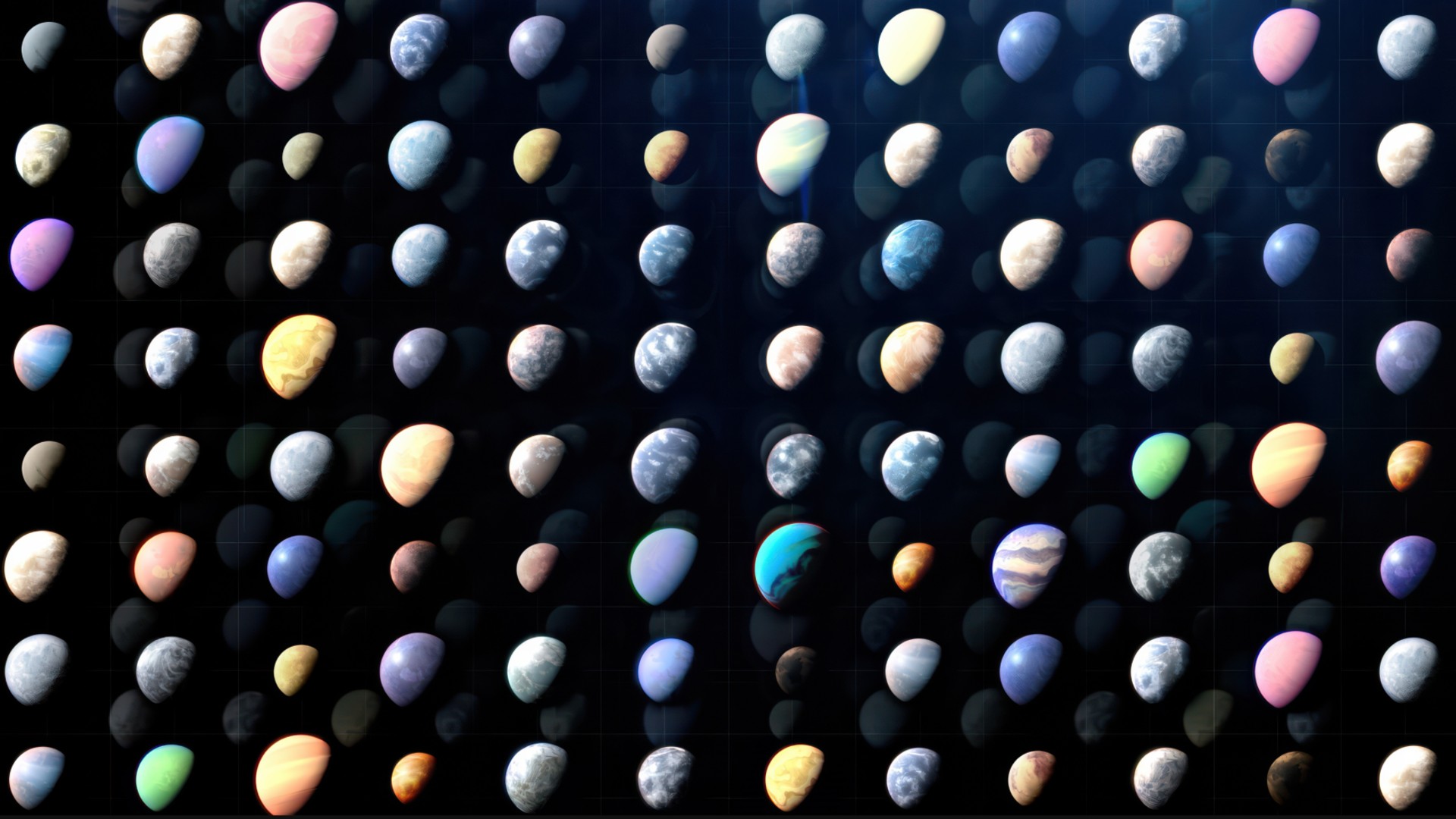On Mars, Liquid Water Appears at Night, Study Suggests

Liquid water lurks just below the surface of Mars on cold winter nights, according to new research.
The Mars Curiosity rover has found evidence that when temperatures drop on cold winter nights, trace amounts of water from the atmosphere can turn to frost, which can then be absorbed into the upper layers of the Martian soil and liquefied. The liquid water evaporates back into the atmosphere after sunrise, when temperatures start to go up again.
Turning water from a solid (frost) to a liquid requires the presence of a particular type of salt that scientists say could melt the frost, even in very cold temperatures (salt lowers the melting temperature of water, which is why it's put down on icy sidewalks and roads during winter). However, the authors of the new work say the small amounts of liquid salt water in the soil would not be enough to support microbial life. The extreme temperatures would also make the environment too extreme. [Photos: The Search for Water on Mars]
On the move
Dry as a bone — that's one way to describe the Martian landscape today. Although the planet once hosted flowing rivers and massive lakes (and is still home to water ice at its poles), today it appears that all the liquid water on the surface of the planet has either been vaporized or frozen by the extreme temperatures (although scientists have found that some water could be extracted from the Martian soil).
The new results suggest there is more going on underneath this desert than meets the eye.
Digging into the soil of the Red Planet, instruments on board Curiosity found a chemical called calcium perchlorate, a type of salt. The authors say the perchlorate absorbs frost from the soil surface, melts it, and creates a thin layer of salty brine.
The liquefied water can then sink even lower in the Martian soil, mixing with other salts. The addition of liquid water is like a set of wheels for these salts — it allows them to move through the soil and relocate.
Breaking space news, the latest updates on rocket launches, skywatching events and more!
Curiosity has not found direct evidence of these salty brine layers. The authors of the new research combined analysis of the Martian soil, as well as the atmosphere just above the soil (humidity and temperature). The state of the perchlorates, the researchers say, suggests an exchange of water between the soil and the atmosphere.
Gale Crater lies close to the Mars equator, the hottest and driest region on the planet. The research, which appears online in the journal Nature today (April 13), suggests that these layers of brine may be even more abundant in regions of the planet with higher humidity and lower temperatures.
Curiosity has already found signs that rivers once flowed into a lake that stood where the arid Gale Crater now lies (as much of a fifth of the planet may have been covered in water at one point, making it a potentially habitable environment). These rivers left behind sediment deposits that contained, among other things, perchlorates and other salts.
"Very fine-grained sediments, which slowly fell down through the water, were deposited right at the very bottom of the crater's lake," said Morten Bo Madsen, associate professor and head of the Mars Group at the Niels Bohr Institute at the University of Copenhagen and a co-author on the new study. "The sediment plates on the bottom are level, so everything indicates that the entire Gale Crater may have been a large lake."
While the finding does not indicate that life can currently be found beneath the Martian surface, it demonstrates that liquid water may be hidden in an otherwise parched landscape.
Follow Calla Cofield @callacofield. Follow us @Spacedotcom, Facebook and Google+. Original article on Space.com.

Calla Cofield joined Space.com's crew in October 2014. She enjoys writing about black holes, exploding stars, ripples in space-time, science in comic books, and all the mysteries of the cosmos. Prior to joining Space.com Calla worked as a freelance writer, with her work appearing in APS News, Symmetry magazine, Scientific American, Nature News, Physics World, and others. From 2010 to 2014 she was a producer for The Physics Central Podcast. Previously, Calla worked at the American Museum of Natural History in New York City (hands down the best office building ever) and SLAC National Accelerator Laboratory in California. Calla studied physics at the University of Massachusetts, Amherst and is originally from Sandy, Utah. In 2018, Calla left Space.com to join NASA's Jet Propulsion Laboratory media team where she oversees astronomy, physics, exoplanets and the Cold Atom Lab mission. She has been underground at three of the largest particle accelerators in the world and would really like to know what the heck dark matter is. Contact Calla via: E-Mail – Twitter

